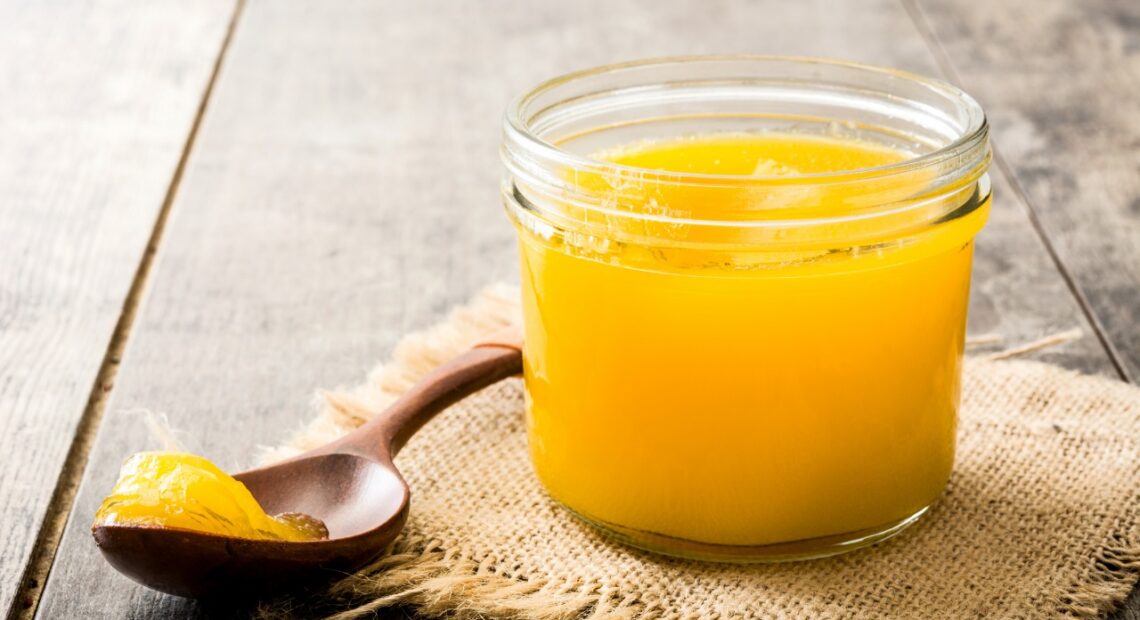Is Your Ghee Pure? Try These 5 Hacks to Check for Adulteration

Ghee, a clarified form of butter, has been a staple in Indian cuisine for centuries. Known for its rich flavor and numerous health benefits, it is essential to ensure that the ghee you consume is pure and free from adulterants. While there is no foolproof method to determine purity at home, these five hacks can help you assess the quality of your ghee.
- Visual Inspection: One of the first things you can do is visually examine the ghee. Pure ghee usually exhibits a golden-yellow or light yellow color. If you notice an unusually white or different-colored ghee, it might indicate adulteration. However, keep in mind that some brands may add food colorings, making this method less conclusive.
- Texture and Consistency: Pure ghee has a smooth and granular-free texture when solidified. When heated, it melts easily and uniformly. If you observe lumps, grains, or an excessively greasy texture, it could be a sign of impurities or adulteration. A good quality ghee should have a pleasing texture and consistency.
- Aroma and Taste: The aroma and taste of ghee can also provide clues about its purity. Pure ghee has a distinct, pleasant aroma that is often described as buttery and nutty. It should have a rich flavor that enhances the taste of your dishes. If the ghee smells rancid, burnt, or has an off-putting odor, it might be adulterated. Similarly, if the taste is different from what you expect, it could be a sign of impurities.
- Heat Test: Performing a heat test can help you evaluate the quality of ghee. Take a small amount of ghee and heat it in a pan over low heat. Pure ghee should melt easily and evenly without leaving behind any residue or impurities. If you notice residue, uneven melting, or a burning smell, it may indicate adulteration.
- Solubility Test: The solubility test can be another indicator of ghee purity. Take a small amount of ghee and mix it with water. Pure ghee will dissolve completely, leaving no residue or impurities. If the ghee forms a separate layer, clumps together, or leaves behind particles, it may be adulterated.
While these hacks can provide some insights into the quality of your ghee, it’s important to remember that they are not foolproof methods. To ensure the purity and authenticity of ghee, it is advisable to purchase it from reputable sources or trusted brands that adhere to quality standards. Look for proper labeling and certifications to ensure you are buying genuine and unadulterated ghee.
Remember, the consumption of adulterated ghee can have health implications and compromise the taste and flavor of your dishes. By being aware and taking these simple steps to assess ghee purity, you can make informed choices and enjoy the benefits of pure, high-quality ghee in your culinary adventures.
Picture Courtesy: Google/images are subject to copyright








